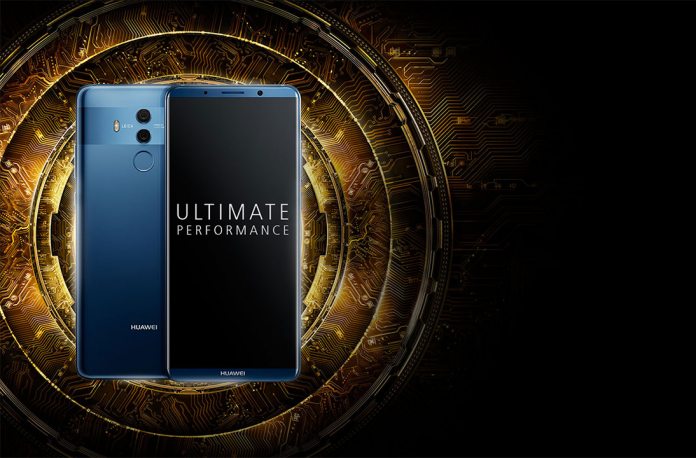In collaboration with Huawei, the company has achieved a translation breakthrough. Thanks to the Chinese phone giants’ new NPU (Neural Processing Unit), you can now use Microsoft Translator offline. Admittedly, it’s a feature that was available before, but now there’s a twist. The Mate 10’s Neural Processing Unit allows for “dramatically better and faster offline translations as compared to existing offline packs.”
The BLEU Test
When Microsoft says dramatically, it’s not lying, either. Using the industry standard BLEU score, it found 23% better offline quality, and less than one point difference between offline and online capabilities. Essentially, for the first time, translation is useful in real-world scenarios. You’ll be able to use the Mate 10 series to translate on public transport, in stores, or even in complete signal deadzones. It’s all three times faster and requires up to 50% less storage space. “Before, customers had to choose between the quality of online and the convenience of offline translations. Now, with our NPU and Microsoft Translator software, customers get the best of both.” explained Baofeng Zhang, Head of AI at Huawei, in a Microsoft blog post. Of course, there’s a major limitation in that it requires specific hardware, and using the Mate 10 comes with its own caveats. Alongside translation, Huawei is building OS-level integration of LinkedIn into EMUI 8 devices. For many, it will be a welcome feature. The functionality will let you connect a LinkedIn account to see recent profile information about your contacts right in your address book. That also means you can see where callers work and their profile pictures.
Others, however, will feel uneasy about such a close integration or consider it bloatware. Going forward, though, we can expect more phones to integrate NPUs and more collaborations between Huawei and Microsoft. The pair has previously announced plans to build a win-win cloud ecosystem, and have proven to be great partners already.




